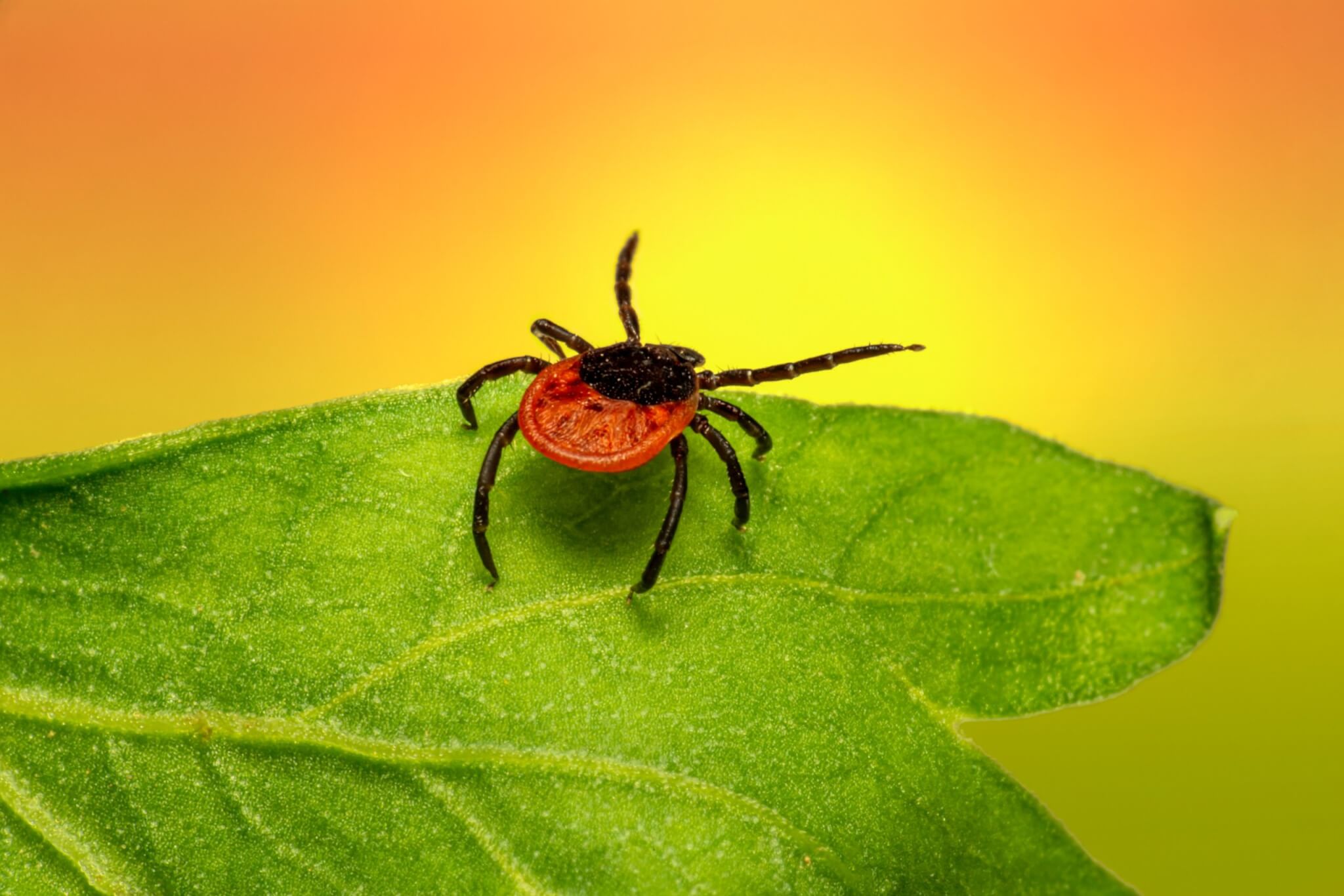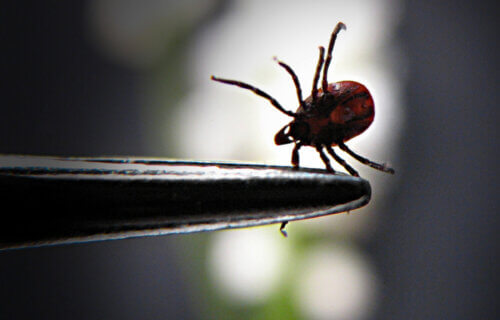CAMBRIDGE, Mass. — A cure for Lyme disease could be on the horizon thanks to a protein in human sweat. This research, conducted by scientists from the Massachusetts Institute of Technology (MIT) and the University of Helsinki, opens up the potential for new preventive measures and treatments for the 500,000 Americans suffering from the disease, particularly for those whose infections do not respond to traditional antibiotics.
Lyme disease, primarily caused by ticks carrying the bacterium Borrelia burgdorferi, can lead to symptoms such as fever, headaches, and fatigue. A unique bulls-eye rash is a telltale sign that someone has been bitten by a disease-carrying tick. While antibiotics are typically effective in treating the infection, a small portion of patients experience persistent symptoms.
💡What To Know About Ticks & Lyme Disease:
- Ticks are the primary carrier of Lyme disease.
- They are commonly found throughout the eastern United States.
- Typically, ticks are most active from April through July, according to the CDC.
“This protein may provide some protection from Lyme disease, and we think there are real implications here for a preventative and possibly a therapeutic based on this protein,” explains study senior author Michal Caspi Tal, a principal research scientist in MIT’s Department of Biological Engineering, in a media release.
Scientists spearheaded this study to explore genetic factors that might influence susceptibility to Lyme disease. Their research, published in the journal Nature Communications, led to the identification of a protein called SCGB1D2, a type of secretoglobin found in sweat that exhibits protective properties against Lyme disease bacteria.
Secretoglobins are proteins associated with immune responses to infection, primarily found in tissues lining the lungs and other organs. The team’s experiments demonstrated that the normal variant of SCGB1D2 significantly hampers the growth of Borrelia burgdorferi. However, a genetic variant of SCGB1D2, found in about one-third of the population, requires twice the amount of protein to achieve the same effect. This means that those carrying the more effective variant of the sweat protein may enjoy a natural defense against Lyme disease.

Researchers began with a genome-wide association study (GWAS) analyzing a Finnish dataset containing genetic sequences and medical histories of 410,000 people. This method allows scientists to identify genetic variants associated with specific diseases. Their analysis highlighted the SCGB1D2 variant, previously unconnected with Lyme disease, raising both interest and excitement about its potential role.
Further investigation involved exposing Borrelia burgdorferi to both the normal and mutated versions of SCGB1D2, followed by injecting these bacteria into mice. The results were striking — mice exposed to the normal protein variant did not develop Lyme disease, suggesting a potent protective effect.
“This finding opens the door to a completely new approach to preventing Lyme disease in the first place, and it will be interesting to see if it could be useful for preventing other types of skin infections too,” explains Kara Spiller, a professor of biomedical innovation in the School of Biomedical Engineering at Drexel University, who was not involved in the study.
Researchers, buoyed by their findings, are now exploring the potential of SCGB1D2 as a treatment avenue for Lyme disease, particularly in cases resistant to antibiotics. Considering the long-standing challenge of treating persistent Lyme disease symptoms, this new approach could represent a significant breakthrough.
The study’s findings were also validated by independent researchers in Estonia, using data from the Estonian Biobank, further solidifying the connection between SCGB1D2 and Lyme disease resistance. While individuals with the protective version of SCGB1D2 can still contract Lyme disease, this research offers hope for new preventive strategies, possibly including skin creams infused with the protein, and paves the way for exploring the antimicrobial potential of other secretoglobins.
Emily and Malcolm Fairbairn, the Instrumentarium Science Foundation, the Academy of Finland, the Finnish Medical Foundation, the Younger Family, and the Bay Area Lyme Foundation funded the research.
StudyFinds’ Matt Higgins contributed to this report.
